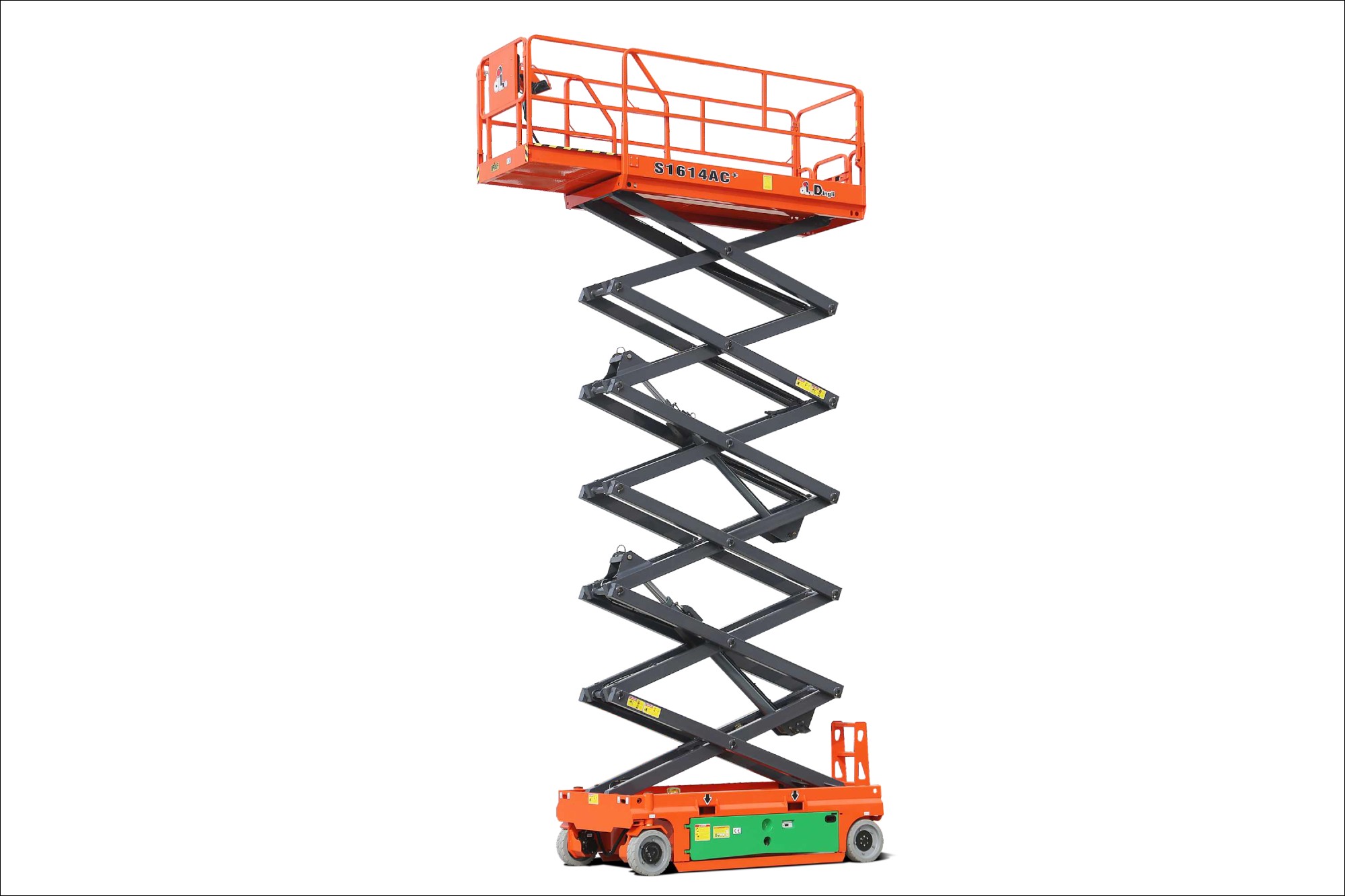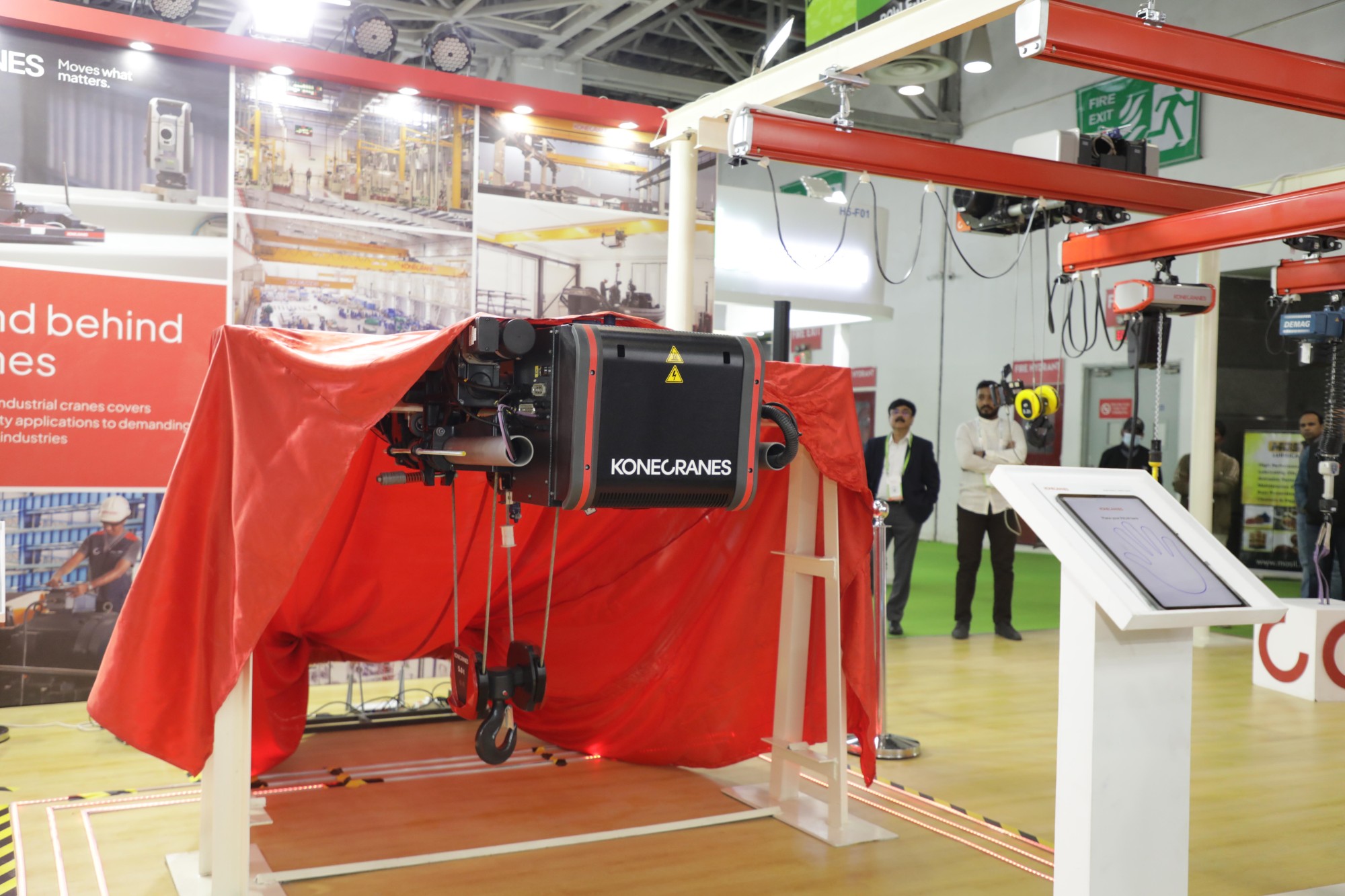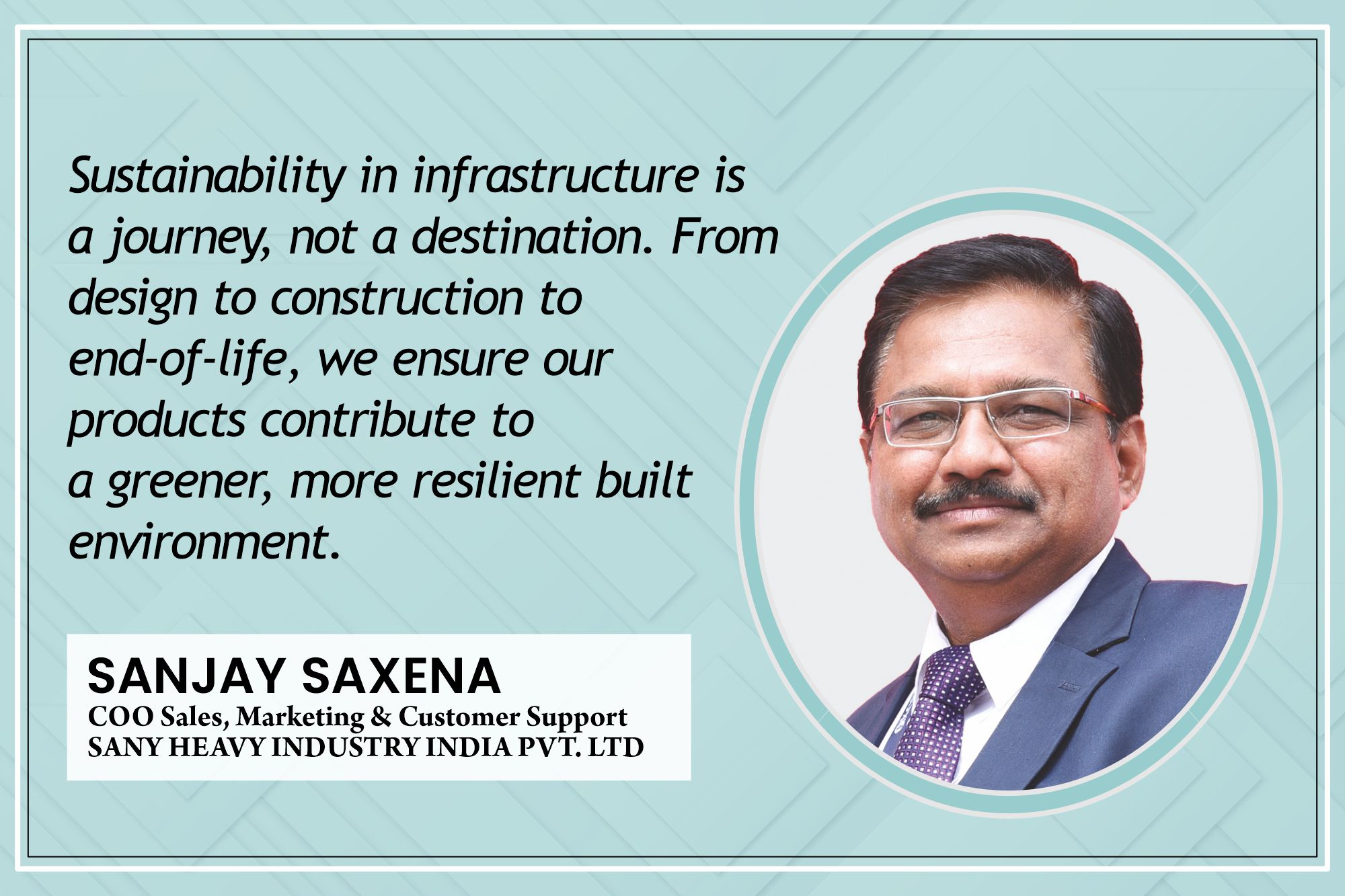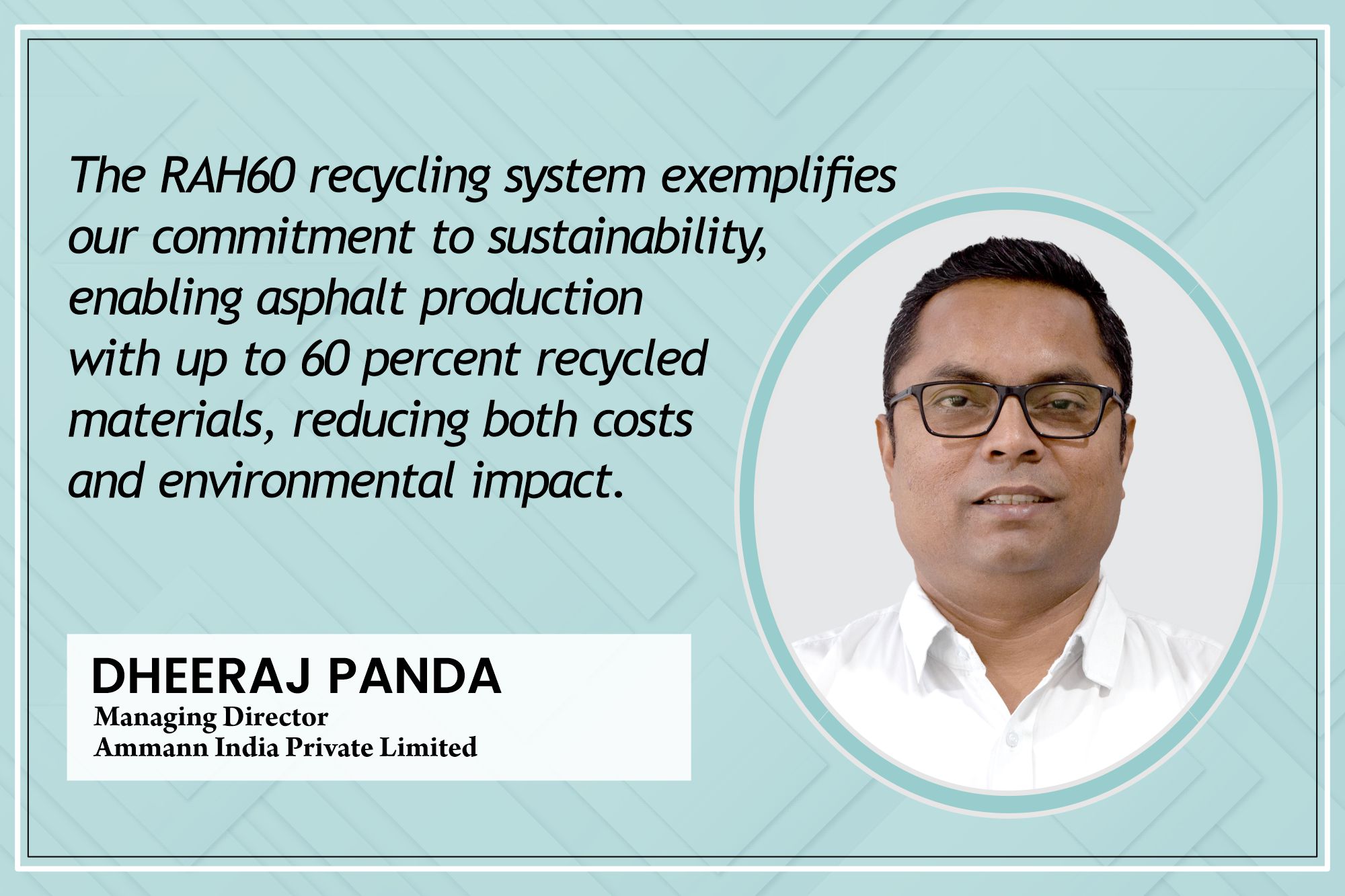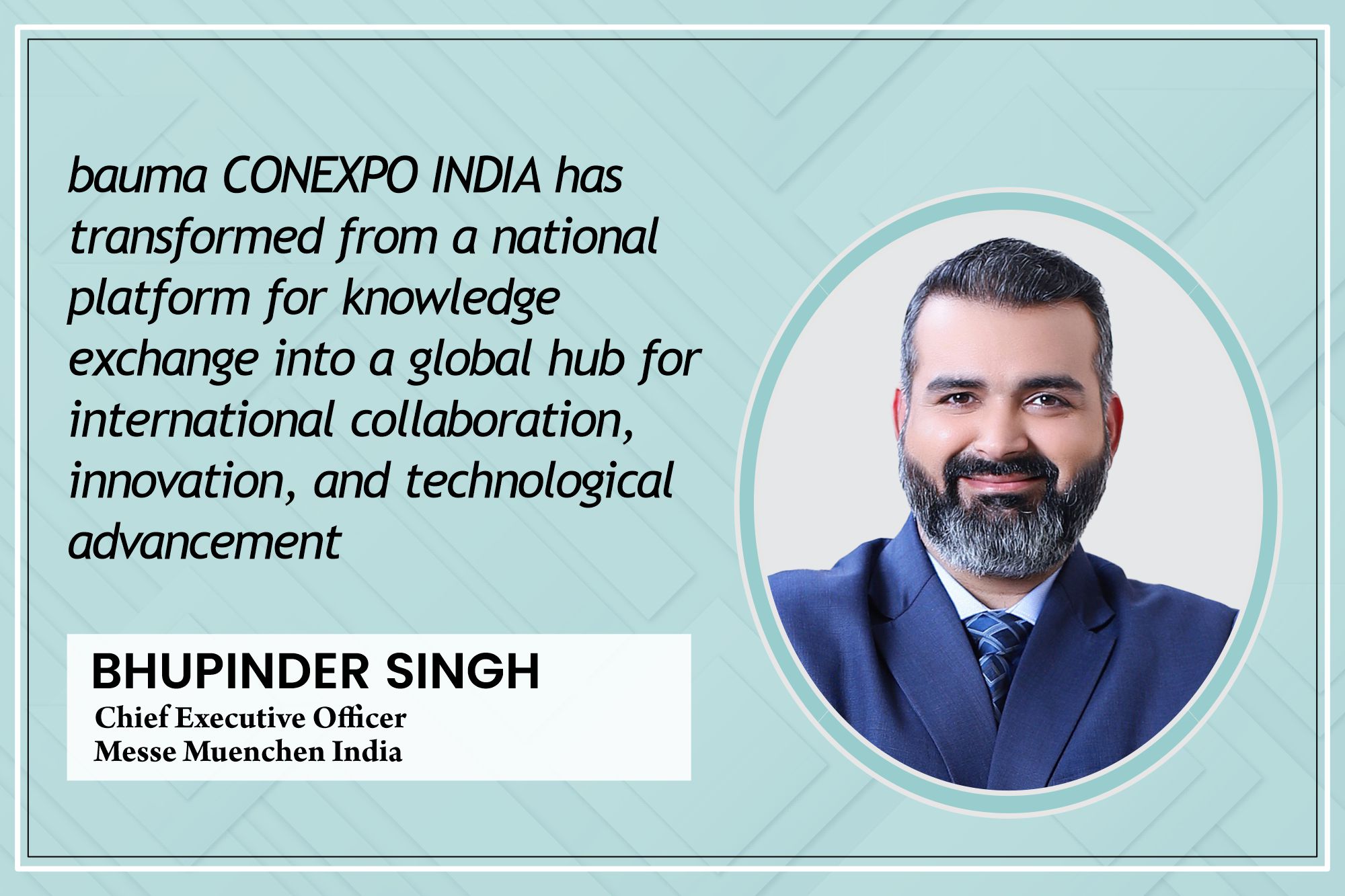Welding consumables are in high demand today
By Edit Team | November 10, 2023 11:44 am SHARE
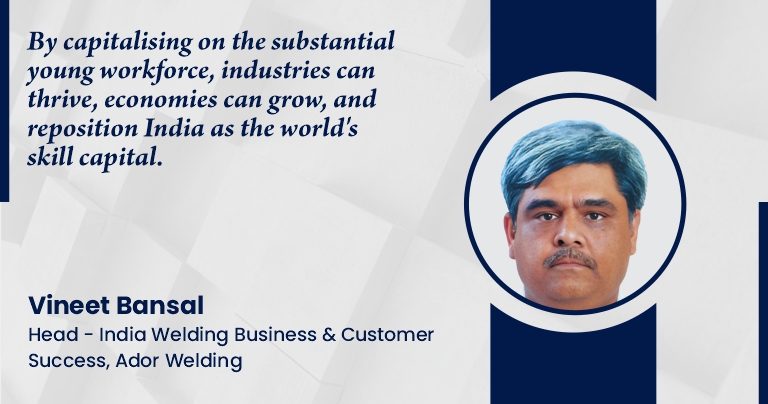
By capitalising on the substantial young workforce, industries can thrive, economies can grow, and reposition India as the world’s skill capital.
This interview digs into the welding and cutting industry’s dynamic response to rising infrastructure demand, revealing significant development opportunities.
With the increased focus on infrastructure, what expansion opportunities does the welding and cutting industry have?
As infrastructure development takes centre stage, it is crucial to consider the growth prospects within the welding and cutting industries. With steel consumption currently at its peak, showing a remarkable 12-13 percent increase compared to the previous year, it is evident that welding consumables are in high demand. This surge in infrastructure projects intensifies the requirement for welding, with railways, bridges, and various other construction endeavours contributing to this momentum.
How do real-time monitoring and data analytics enhance defect detection and process optimization in welding?
Integrating real-time monitoring and data analytics represents a game-changing advancement in defect detection and process optimization within the welding industry. Effective data analysis allows for data correlation with the quality of weld joints, resulting in cost savings and improved productivity. Achieving flawless initial welds reduces cost and minimises rework, while precise control over welding parameters enhances quality and cost-effectiveness. This capability becomes particularly crucial in welding large pipes, where continuous monitoring empowers supervisors to detect flaws promptly in single or multiple pipe joints in real-time.
Evaluate the economic viability of implementing robotic welding systems versus manual welding operations?
Considering two key scenarios when evaluating the economic feasibility of robotic welding systems over manual operations is imperative. First, robotics shines when precision and impeccable quality are non-negotiable, as is often the case in producing critical items such as missiles. The introduction of robotics can yield highly precise results in such contexts. Second, robotics offers undeniable advantages in efficiency and consistent performance in instances where repetitive tasks dominate, as in manufacturing automobiles. Laser welding and remotely controlled automated arms have opened new eras of welding possibilities, offering precision control over the entire process.
How can companies strategically plan and allocate resources to ensure these investments enhance precision and value while maintaining cost-effectiveness?
In welding and cutting, channelling investments into critical areas is pivotal for enhancing precision and fostering technological advancement. Essential technologies, including robotics, digital integration (DI), and data analysis, are at the forefront, known for amplifying speed, precision, and adaptability in operations. However, caution is warranted, as the financial outlay for implementing robotic systems can escalate, up to twenty times more expensive than conventional methods. As such, allocating resources towards these advanced technologies necessitates careful consideration and strategic planning to ensure cost-effectiveness and value addition.
How can we address the shortage of quality and qualified welders in India?
A multifaceted approach is required to cater to the need for quality and qualified welders in India, including skill-based hiring, more public-private partnership initiatives, and an emphasis on soft skills with vocational training. These initiatives can help enhance employability and bridge the gap between industry requirements and available talent by equipping individuals with the necessary skills and knowledge. Programs such as the Train the Trainer programme focus on developing the skills of trainers responsible for delivering vocational training programs within companies or organisations. The aim is to enhance the trainers’ knowledge, teaching techniques, and understanding of industry requirements. By capitalising on the substantial young workforce, industries can thrive, economies can grow, and reposition India as the world’s skill capital.
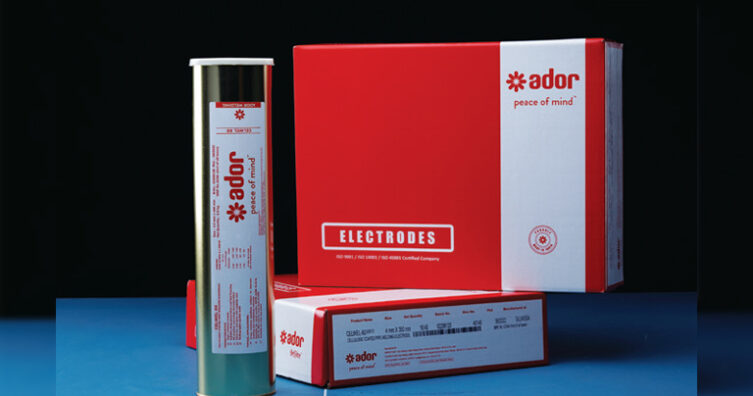
Spokesperson –
Vineet Bansal – Head – India Welding Business & Customer Success, Ador Welding
Cookie Consent
We use cookies to personalize your experience. By continuing to visit this website you agree to our Terms & Conditions, Privacy Policy and Cookie Policy.



